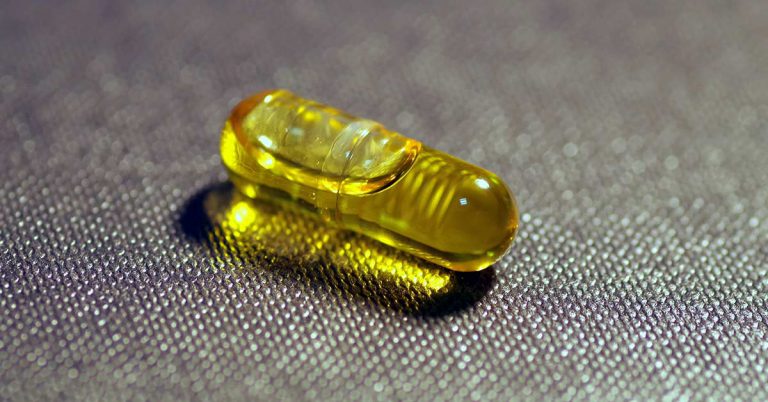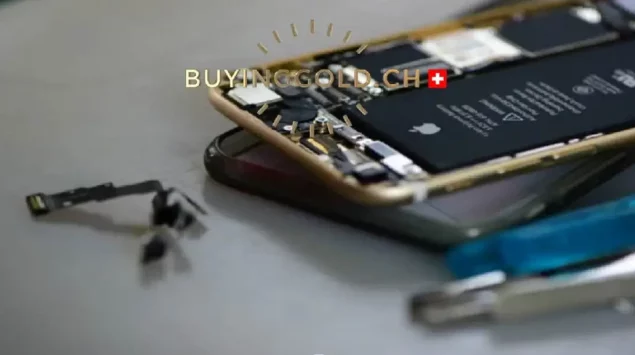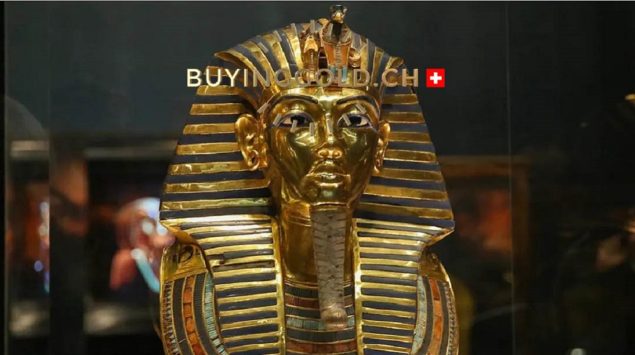
When we think of gold, we often imagine dazzling jewelry and precious treasures. Yet, beyond its role as adornment, gold has long been associated with health and vitality. For centuries, civilizations have explored its potential to heal and to strengthen the body from within.
Ancient Traditions and Early Medicine
In both traditional Chinese and Ayurvedic medicine, gold was valued not only for its beauty but also for its supposed restorative powers. Remedies containing gold were believed to balance energy, calm the spirit, and support longevity.
Modern Pharmacology and Biocompatibility
Western science has since confirmed some of these properties. Gold shows antioxidant effects and is remarkably well tolerated by the human body. That is why it is widely used in modern medicine: pacemakers, dental crowns, prostheses, and even certain surgical devices rely on its biocompatibility and resistance to corrosion.
Gold is one of the very few metals that does not tarnish or corrode inside the body, making it uniquely suited for medical implants.
Gold as a Trace Element
Under specific conditions—such as after physical shock, during high stress, or when the immune system is weakened—gold in trace amounts has been reported to stimulate the adrenal glands. This process increases the release of cortisol, the body’s natural anti-inflammatory hormone, which can improve resilience and adaptation.
Nanotechnology and the Future of Cancer Research
One of the most promising frontiers is the use of gold in nanoscience. Researchers have discovered that gold nanoparticles can attach themselves to cancerous cells. When exposed to X-rays, these particles may enhance detection and potentially enable doctors to identify tumors far earlier than current imaging methods allow.
Source: CNRS – “The unique properties of gold in nanotechnology”
Looking Ahead
From ancient remedies to cutting-edge nanotechnology, gold continues to bridge the gap between tradition and innovation. What once symbolized wealth and power may, in the near future, play an equally powerful role in saving lives.
ATCBG/EYS/ATC













